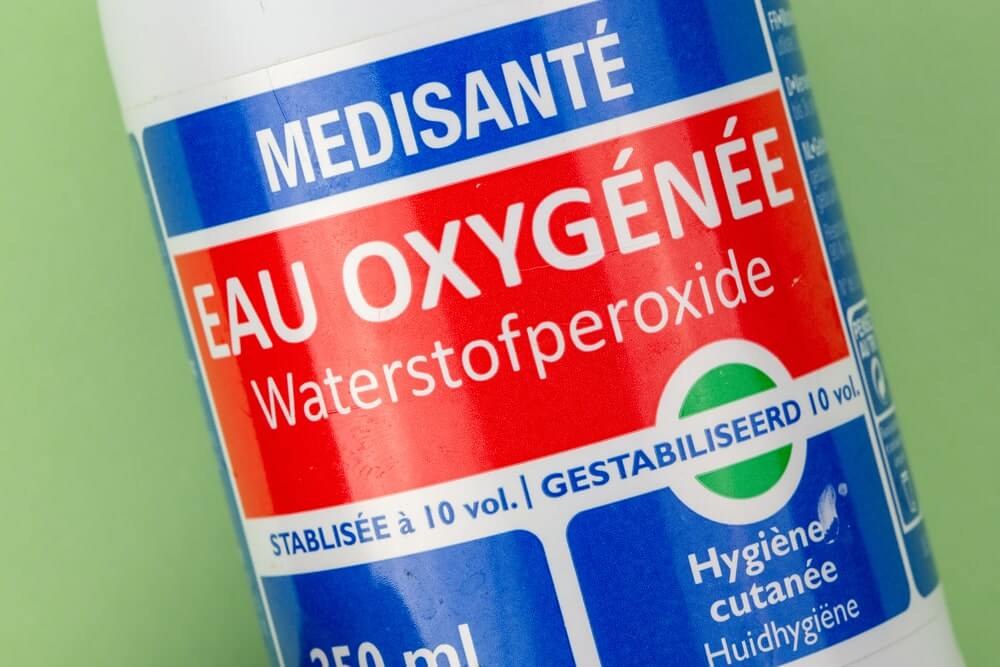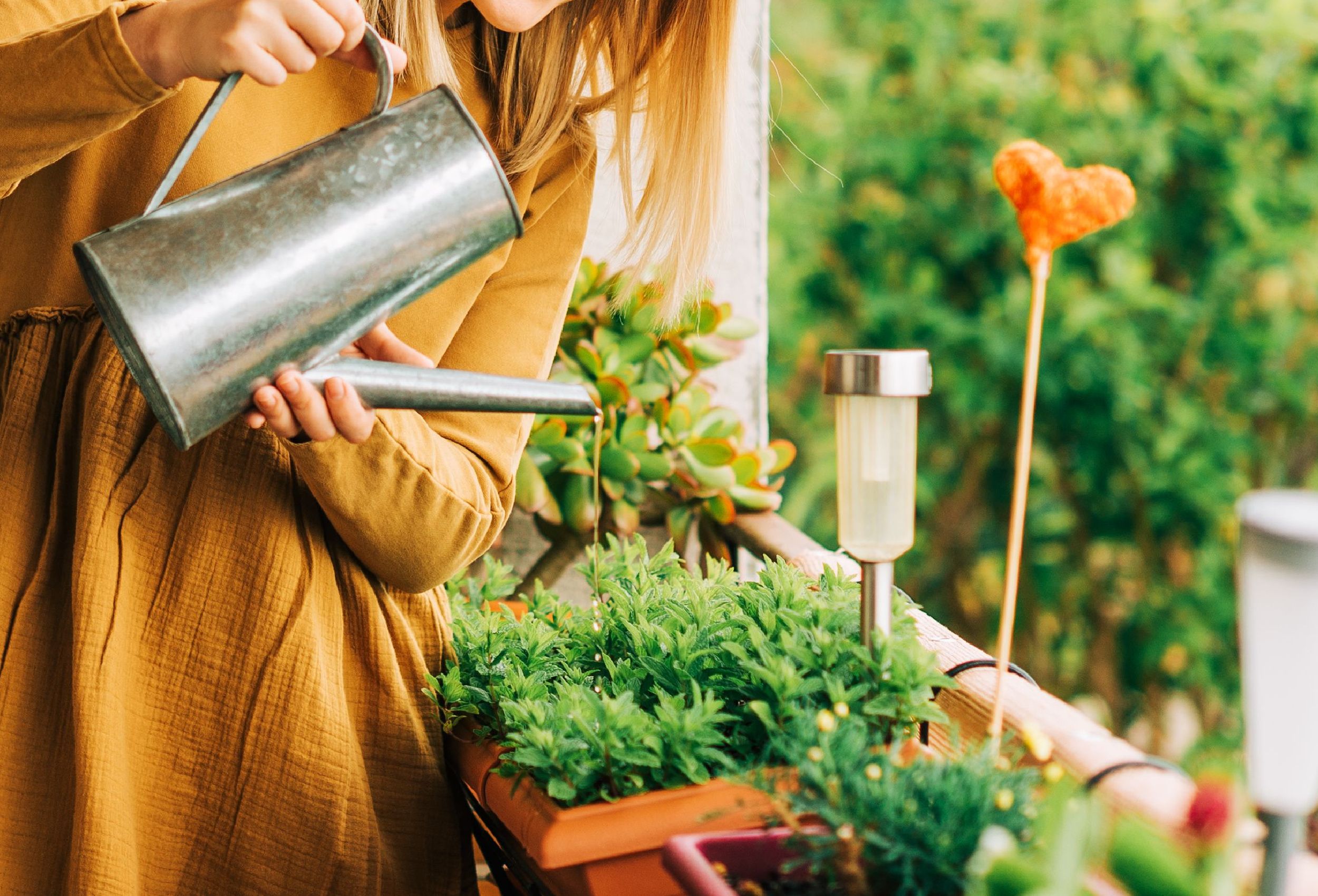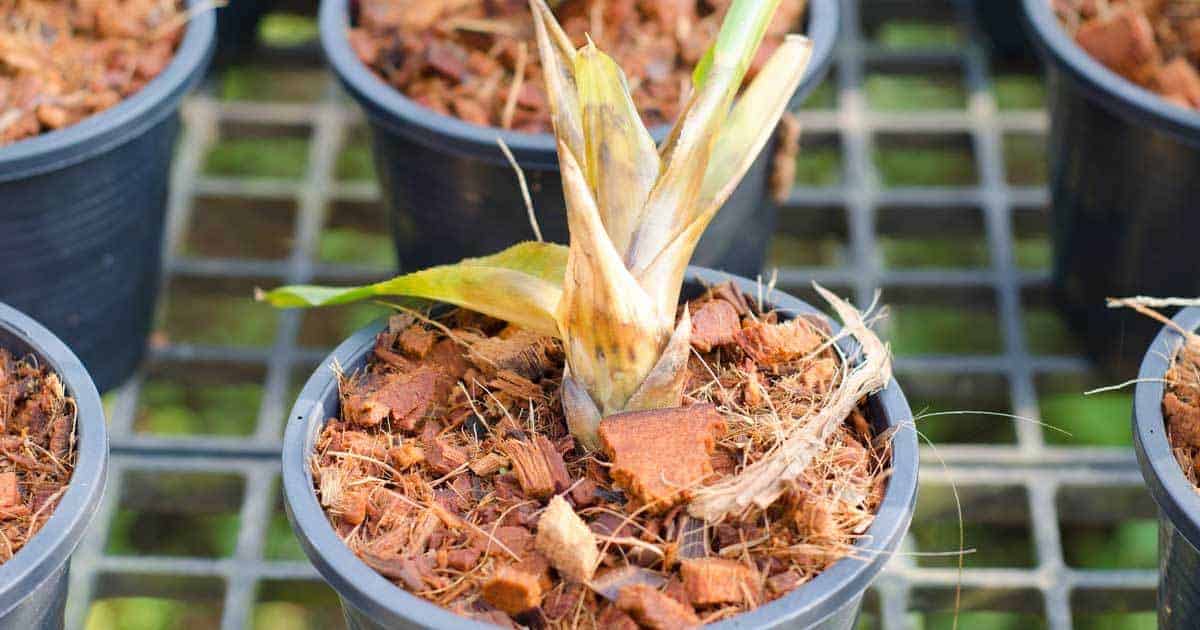Hydrogen peroxide
- Thread starter sammyg118
- Start date
Herb & Suds
Well-Known Member
Hydro ?
Please tell me you are not adding Hydrogen peroxide to soil ?
Please tell me you are not adding Hydrogen peroxide to soil ?
LoganGP
Active Member
I did lol. I did a 4:1 ratio with water and hydrogen peroxide H2o2. I did this to help with some aphid larvae. I read that’s what people do. Also read that some people do this to help flush a plant and clean up root issue. But I do t know. Lol. From what I seen with the Hydrogen peroxide it did not hurt my plants and may of helped with the aphids. I’ve now switched to botanigard 22 for the aphid problemHydro ?
Please tell me you are not adding Hydrogen peroxide to soil ?
Hollatchaboy
Well-Known Member
problem is, in soil, the bacteria breaks down minerals so that they're available to the plant. That peroxide just killed them. LolI did lol. I did a 4:1 ratio with water and hydrogen peroxide H2o2. I did this to help with some aphid larvae. I read that’s what people do. Also read that some people do this to help flush a plant and clean up root issue. But I do t know. Lol. From what I seen with the Hydrogen peroxide it did not hurt my plants and may of helped with the aphids. I’ve now switched to botanigard 22 for the aphid problem
Hollatchaboy
Well-Known Member
Or at least that's what I thought. I'm baked though. Could've been in a dream I had. Lolproblem is, in soil, the bacteria breaks down minerals so that they're available to the plant. That peroxide just killed them. Lol
Jimbo the Gael
Well-Known Member
Depends on how deep the pot is, and how much organic matter it came in contact with in the first couple of cm. It could have all oxidized off in the first layer, in which case it would just be water.problem is, in soil, the bacteria breaks down minerals so that they're available to the plant. That peroxide just killed them. Lol
The microbes would recolonize the top layer pretty quickly from below.
Still, the others are right, there are better things to use in soil.
Hollatchaboy
Well-Known Member
That's what I meant. LolDepends on how deep the pot is, and how much organic matter it came in contact with in the first couple of cm. It could have all oxidized off in the first layer, in which case it would just be water.
The microbes would recolonize the top layer pretty quickly from below.
Still, the others are right, there are better things to use in soil.
Hollatchaboy
Well-Known Member
That's what I meant. Lol
Same. Ime, I have more success sprouting with it, than without.I treat all my seeds with h2o2
Jimbo the Gael
Well-Known Member
Clears off any molds or fungi on them. It's a good idea to use it on them before any longer term storage.I treat all my seeds with h2o2
Hollatchaboy
Well-Known Member
Good to know that. Thanks man.Clears off any molds or fungi on them. It's a good idea to use it on them before any longer term storage.
LoganGP
Active Member
Yes that makes sense. I guess I should of also mentioned I’m in cocoproblem is, in soil, the bacteria breaks down minerals so that they're available to the plant. That peroxide just killed them. Lol
Hollatchaboy
Well-Known Member
Yea considering you mentioned you were in soil.... big difference. Coco is not soil.Yes that makes sense. I guess I should of also mentioned I’m in coco
VolimPicke
Well-Known Member
There are a lot of questions about H2O2 with few good answers.
I would like to spray my leaves of my outdoor plants after a wet two weeks of wet and damp weather. This would be preventative because I had some PM last year.
The problem is that a lot of places say something like "solutions of hydrogen peroxide (9 parts water to 1 part hydrogen peroxide)."
BUT - they do not say what the starting concentration is for the H2O2. I might assume starting with a 3% solution taking it down to a 0.3% solution to spray on leaves.
For leaves, some places say
A. "one cup 3% hydrogen peroxide per gallon of water."
B. "1 tablespoon of hydrogen peroxide for every 1 cup of water "
C. "1 teaspoon of 3 percent hydrogen peroxide to every 1 cup of water. "
For roots
D. "1 pint of 3 peroxide hydrogen peroxide for every 1 gallon of water"
Standardizing units
One US gallon = 3.8 litres
One Pint = 0.47 litres
One Cup = 0.23 litres
One Tablespoon = 0.015 litres
One Teaspoon = 0.005 litres
A. = 0.23 / 3.8 = 0.0018 %
B. = 0.15 / 0.23 = 0.02 %
C. = 0.005 / 0.23 = 0.00065 %
D. = 0.47 / 3.8 = 0.124%
Have I made any mistakes?
Note for the Americans: The USA is officially a metric country but no one cares to use metric.
This place says it is OK to use a 3% solution to spray leaves
use hydrogen peroxide as an insecticide or insect repellent, make a 1% dilution.

 beginnergrowguide.com
beginnergrowguide.com
Why is there no stadard advice such as
Leaf spray = 0.3%
Root watering = 0.1 %
- or something like that?
More info
 homeguides.sfgate.com
homeguides.sfgate.com

 www.backyardboss.net
www.backyardboss.net

 plantcaretoday.com
plantcaretoday.com
 homeguides.sfgate.com
homeguides.sfgate.com
I would like to spray my leaves of my outdoor plants after a wet two weeks of wet and damp weather. This would be preventative because I had some PM last year.
The problem is that a lot of places say something like "solutions of hydrogen peroxide (9 parts water to 1 part hydrogen peroxide)."
BUT - they do not say what the starting concentration is for the H2O2. I might assume starting with a 3% solution taking it down to a 0.3% solution to spray on leaves.
For leaves, some places say
A. "one cup 3% hydrogen peroxide per gallon of water."
B. "1 tablespoon of hydrogen peroxide for every 1 cup of water "
C. "1 teaspoon of 3 percent hydrogen peroxide to every 1 cup of water. "
For roots
D. "1 pint of 3 peroxide hydrogen peroxide for every 1 gallon of water"
Standardizing units
One US gallon = 3.8 litres
One Pint = 0.47 litres
One Cup = 0.23 litres
One Tablespoon = 0.015 litres
One Teaspoon = 0.005 litres
A. = 0.23 / 3.8 = 0.0018 %
B. = 0.15 / 0.23 = 0.02 %
C. = 0.005 / 0.23 = 0.00065 %
D. = 0.47 / 3.8 = 0.124%
Have I made any mistakes?
Note for the Americans: The USA is officially a metric country but no one cares to use metric.
This place says it is OK to use a 3% solution to spray leaves
use hydrogen peroxide as an insecticide or insect repellent, make a 1% dilution.

Hydrogen Peroxide Foliar Spray for Growing Cannabis | Beginner Grow Guide
Hydrogen Peroxide Foliar Spray for Growing Cannabis - how to use hydrogen peroxide in various forms, including as a foliar spray, to grow healthier, more prolific and abundant cannabis.
 beginnergrowguide.com
beginnergrowguide.com
Why is there no stadard advice such as
Leaf spray = 0.3%
Root watering = 0.1 %
- or something like that?
More info
What Percentage of Peroxide to Use for Houseplant Soil
Hydrogen peroxide for indoor plants is a popular treatment used by gardeners. It can be...

11 Reasons Why Hydrogen Peroxide For Plants is a Must
Find out how you can improve plant care with hydrogen peroxide. Then get tips on the best ways to dilute and apply hydrogen peroxide when gardening.

Hydrogen Peroxide For Plants: How To Use (H2O2) In The Garden
Hydrogen Peroxide for plants and the garden has numerous uses, as a soil drench, treating root rot, sterilize soil and battle powdery mildew. [LEARN MORE]
 plantcaretoday.com
plantcaretoday.com
What Percentage of Peroxide to Use for Houseplant Soil
Hydrogen peroxide for indoor plants is a popular treatment used by gardeners. It can be...
mudballs
Well-Known Member
there is no central authority for this stuff, we need people like you to swim through the garbage and boil it down to the right answer...whadya think we're all doing hereWhy is there no stadard advice such as
VolimPicke
Well-Known Member
This is simple stuff - Such info should already exist because it is applicable to many plant applications.
This is the basics
Such info should already exist because it is applicable to many plant applications.
Some guy on 420magazine forums says he uses
Insecticide Spray: combine 250ml 3% H2O2 to 1 gallon (3.8L) spray mix = 0.066 %
Elsewhere it says "a 1% hydrogen peroxide solution will help to repel insects"
This place says
 homegrowncannabisco.com
homegrowncannabisco.com
As a Foliar Spray
This preparation is ideal if you’re dealing with fungi, bacteria, and pests. As a general rule of thumb, add one tablespoon of 3% hydrogen peroxide per eight oz (one cup) of distilled water (0.065%). Alternatively, you can combine one cup of the chemical with a gallon of water (0.061%).
This is the basics
Such info should already exist because it is applicable to many plant applications.
Some guy on 420magazine forums says he uses
Insecticide Spray: combine 250ml 3% H2O2 to 1 gallon (3.8L) spray mix = 0.066 %
Elsewhere it says "a 1% hydrogen peroxide solution will help to repel insects"
This place says
Hydrogen Peroxide to Treat Cannabis | Homegrown Cannabis Co.
Not only is hydrogen peroxide an antiseptic, but it can also treat cannabis plants. There are drawbacks, though, so we'll help you with its use wisely.
As a Foliar Spray
This preparation is ideal if you’re dealing with fungi, bacteria, and pests. As a general rule of thumb, add one tablespoon of 3% hydrogen peroxide per eight oz (one cup) of distilled water (0.065%). Alternatively, you can combine one cup of the chemical with a gallon of water (0.061%).
Last edited:
